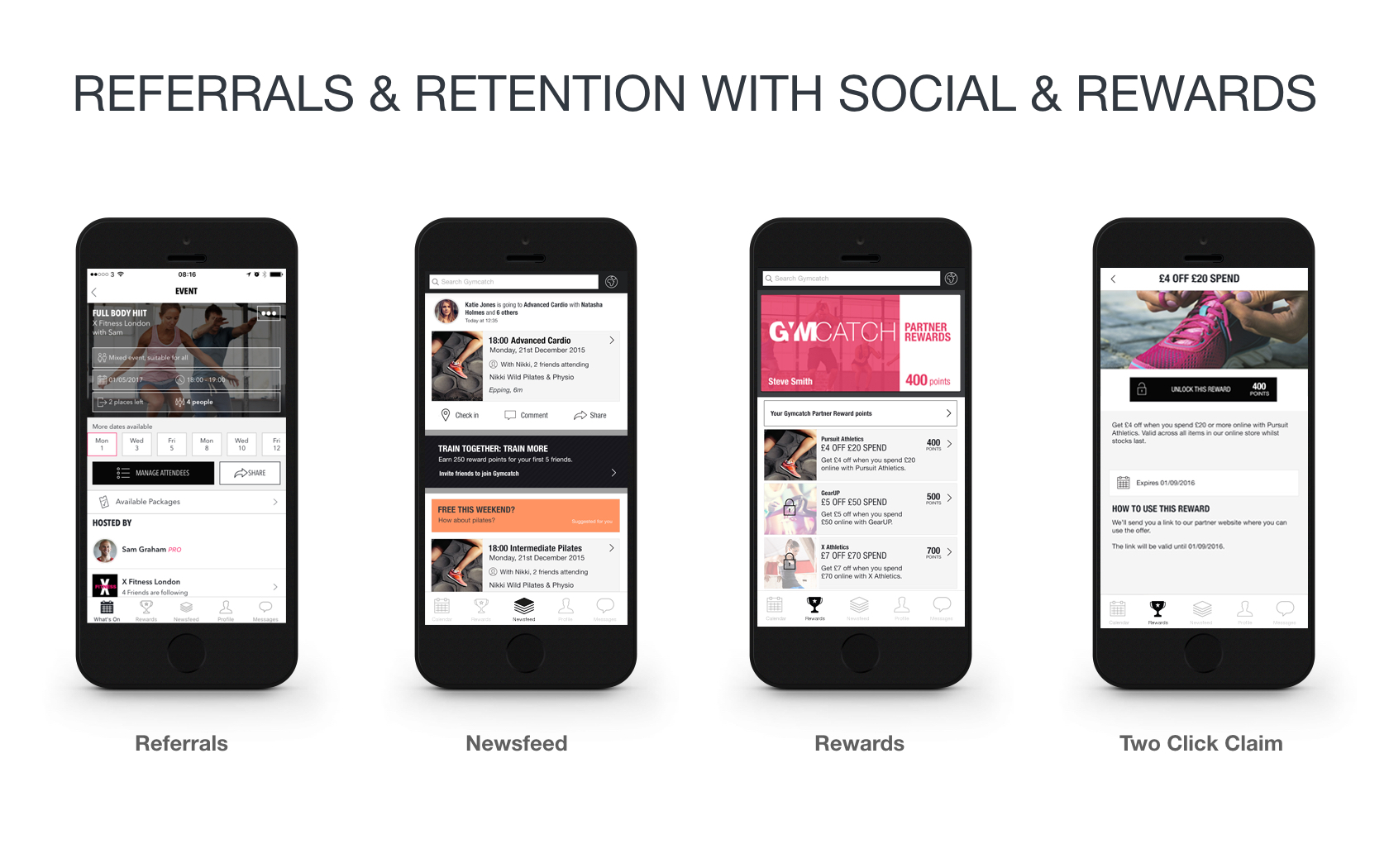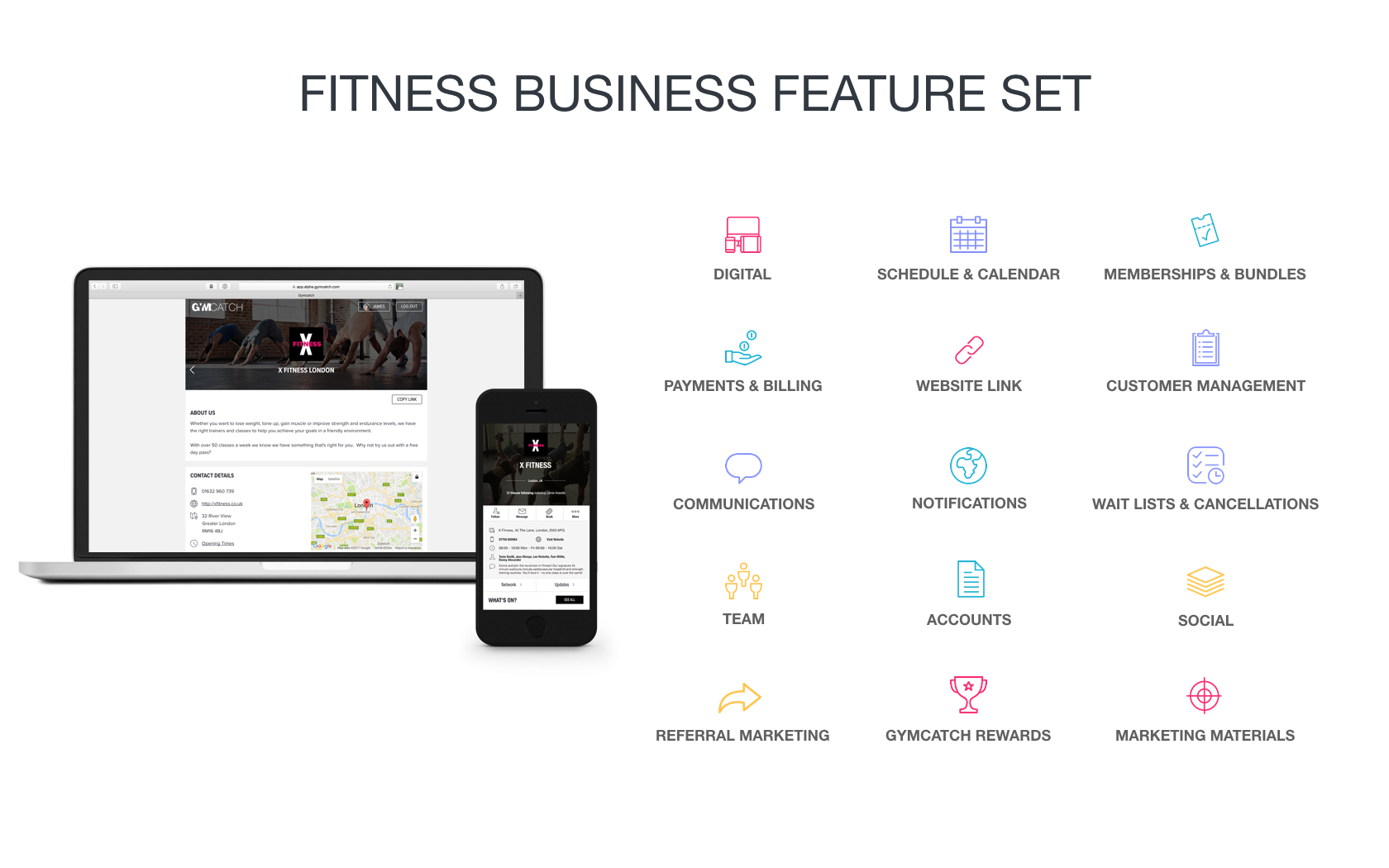Has the question on how to start a dance studio ever crossed your mind? Or, have you already began researching how to start one. Maybe you have wondered whether you have whatever it takes to start and run it and make it prosperous. Does any of these sound familiar to you? Here is a post for you! Below is a guide on how to open a dance studio, from the first step to the grand opening of your studio.
Track a studio or proprietor you admire
Do you recognise another studio director that you admire or respect? Do you like a local studio in the city or another town? The perfect way to learn how to start a dance studio is to work in it. If there is a local studio that has existed for a while, fix a few hours to visit the studio daily and take notes. Or get a studio owner you like and ask whether he can be your mentor.
While you are there, you can volunteer to stand-in the diverse jobs or roles where they require assistance so you may see the way things work from every angle. This gives you clues to significant challenges in dance trade and the way they are fixed.
More significantly, ensure you enjoy your work! Starting a dance shop is a great way to segment your love for a dance with a wider audience, but it is not for everyone and that is fine.
Get ready for the roles you will take on
In addition to understanding the commerce, you also require a clear picture of the diverse roles you take on being the owner. Past choreography and teaching lessons, you are to manage many fragments of your business. Some of the roles include:
• Manager: You will ensure that daily schedules and activities run smoothly. You must have the ability to convey what you need, what you require to improve and make sure your workforce is focused on the objectives.
• Mentor: you will represent the attitude and work ethic you presume from staff and students.
• Entrepreneur: your job does not stop at the opening of the studio. You ought to advance and come up with new dance studio plans. Being an entrepreneur, you will also be deeply involved in community outreach, marketing, customer service, event coordination, and more.
Find out from the beginning which of the roles comes naturally from within and which is best subcontracted to another reliable teacher or employee.
Build a title for yourself in the community
Dance studio Holders often go with confidence knowing that they have enough followers to take classes from the start. In case you don’t have enough followers yet, find them in the following ways:
• Offer dance services to the local gyms, schools, and churches
• Offer discounts for individuals who refer the classes to family and friends
• Advertise your classes at close businesses which are not entrants but have a clientele interested in dancing
• Share your approach to dancing on social media and personality so that others in the community can know you better
This is a long step you should accomplish before searching for a location or drawing up the business plan, as it consumes time. Fortunately, you may work on this while performing your other initial dance studio opening tasks.
Make your business plan for the dance studio
Your dance workspace business plan refers to a document that describes your business objectives and how you want to attain them. It lays a firm base for your studios for years ahead. Here are some of the essential sections you should include in the business plan:
• Executive summary
• Business description
• Products and services
• Market analysis
• financial estimates
• Marketing summary
Find the perfect place for your studio
Once you have found out how the business will work and what your monetary position is, you may start finding a good location. At this stage, the question “how much does it cost to open a dance studio” comes to mind. Find out the amount you have for renting and what additional costs come with the site you choose.
Dance studios have their unique requirements. Ask yourself the amount of space you will require. Do you need a room or several studios in your location? Also consider an office, a lobby, storage, commercial space, bathrooms, hallways, and a waiting room.
Also do not ignore things like:
• Parking Options: Do space have enough parking space for the number of learners you expect to attract?
• Security: Parents must feel safe and comfortable when taking their children to your place
• Visibility: It might cost extra to be in a visible place, however, it also allows passive marketing
Develop your processes and systems
It is time to come up with a plan on how to run your studio when it opens. This is more detailed and separate compared to the business plan, however, it is very important.
Also note that the more structured your process and system initially is, the lesser the persons you will have to hire. This is the reason why so many dance studio holders use management software for a dance studio. For instance, Gymcatch provides a dance studio management software that helps you manage your payments, classes, customer communications, and bookings. This plays a great role in saving time and reducing labour costs.
Arrange your studio room
Things like mirrors, floors, and dance Barres are an integral part of a ballet studio. Ensure you set up in a really attractive way. Do not stop there. Be sure to set up your dance studio such that it invites movement and creativity.
Employ your dance studio personnel
You may not require a lot of staff, especially if you are just starting. Please note, however, that you may not have much time to teach many lessons when you initially open it. As the owner, there might be many chores on your plate at first. Hence, your first employee might be someone who can train your classes, most likely short term. A different one can help with administrative tasks and front office.
Market your dance studio
You possibly have a great collection of individuals ready to register for your lessons. Still, it is important to inform the public about starting your ballet studio.
For starters, your website is your primary source for recruiting new students. Here, parents see your location info, contact details, positive feedback, teaching hours, and more. With a website, you can link directly to the Gymcatch website which helps you save time, increase revenue, promote communication with clients, and promote customer experience.
In addition to your website, ongoing advertising tasks include:
• Increase word of mouth promotion and referrals
• Build your presence on social networks
• Expand your email list
• Compilation of positive feedbacks on social networks and Google
• Develop partnerships with other local companies and charities
Once you’ve set up the above tasks, it is time to promote your official opening. Here are some ideas:
• Hang a large poster so that people can see that you have completed your “Grand Opening”.
• Keep an open house
• Place ads on social media and in local newspapers
• Have your learners perform at occasions in the community
• Find small commercial events to take part in
• Hang brochures at sociable local companies
Finally, people don’t open a dance studio for administrative tasks. They open for the liking of their profession. Offer yourself the chance to relish the dance studio you start. The above guideline will help you if you still have a query on how to start a dance studio. Go through it and you will never regret.
Managing your dance studio will be much easier with Gymcatch dance class management software.
Book a demo and get in contact with Gymcatch today.







